Premium Only Content
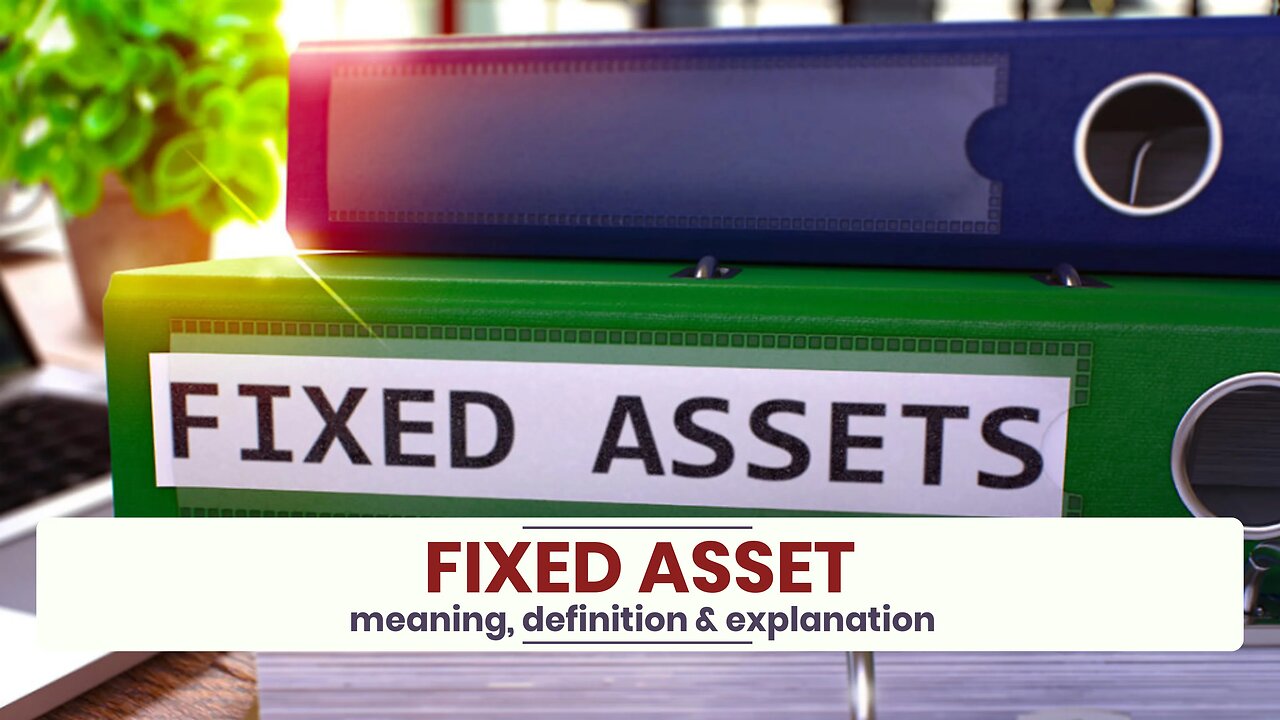
What is FIXED ASSET?
✪✪✪✪✪
http://www.theaudiopedia.com
✪✪✪✪✪
What does FIXED ASSET mean? FIXED ASSET meaning - FIXED ASSET definition - FIXED ASSET explanation. What is the meaning of FIXED ASSET? What is the definition of FIXED ASSET? What does FIXED ASSET stand for? What is FIXED ASSET meaning? What is FIXED ASSET definition?
Fixed assets, also known as tangible assets or property, plant, and equipment (PP&E), is a term used in accounting for assets and property that cannot easily be converted into cash. This can be compared with current assets such as cash or bank accounts, which are described as liquid assets. In most cases, only tangible assets are referred to as fixed.
IAS 16 (International Accounting Standard) defines Fixed Assets as assets whose future economic benefit is probable to flow into the entity, whose cost can be measured reliably. Fixed assets belong to one of 2 types: "Freehold Assets" - assets which are purchased with legal right of ownership and used, and "Leasehold Assets" - assets used by owner without legal right for a particular period of time.
Moreover, a fixed/non-current asset can also be defined as an asset not directly sold to a firm's consumers/end-users. As an example, a baking firm's current assets would be its inventory (in this case, flour, yeast, etc.), the value of sales owed to the firm via credit (i.e. debtors or accounts receivable), cash held in the bank, etc. Its non-current assets would be the oven used to bake bread, motor vehicles used to transport deliveries, cash registers used to handle cash payments, etc. While these non-current assets have value, they are not directly sold to consumers and cannot be easily converted to cash.
These are items of value that the organization has bought and will use for an extended period of time; fixed assets normally include items such as land and buildings, motor vehicles, furniture, office equipment, computers, fixtures and fittings, and plant and machinery. These often receive favorable tax treatment (depreciation allowance) over short-term assets.
It is pertinent to note that the cost of a fixed asset is its purchase price, including import duties and other deductible trade discounts and rebates. In addition, cost attributable to bringing and installing the asset in its needed location and the initial estimate of dismantling and removing the item if they are eventually no longer needed on the location.
The primary objective of a business entity is to make profit and increase the wealth of its owners. In the attainment of this objective it is required that the management will exercise due care and diligence in applying the basic accounting concept of “Matching Concept”. Matching concept is simply matching the expenses of a period against the revenues of the same period.
The use of assets in the generation of revenue is usually more than a year, i.e. long term. It is therefore obligatory that in order to accurately determine the net income or profit for a period depreciation is charged on the total value of asset that contributed to the revenue for the period in consideration and charge against the same revenue of the same period. This is essential in the prudent reporting of the net revenue for the entity in the period.
Net book value of an asset is basically the difference between the historical cost of that asset and its associated depreciation. From the foregoing, it is apparent that in order to report a true and fair position of the financial jurisprudence of an entity it is relatable to record and report the value of fixed assets at its net book value. Apart from the fact that it is enshrined in Standard Accounting Statement (SAS) 3 and IAS 16 that value of asset should be carried at the net book value, it is the best way of consciously presenting the value of assets to the owners of the business and potential investor.
-
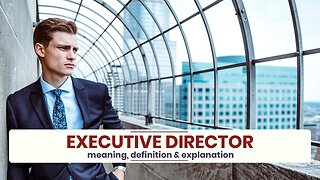 1:52
1:52
The Audiopedia
1 year agoWhat is EXECUTIVE DIRECTOR?
591 -
 LIVE
LIVE
LFA TV
21 hours agoLIVE & BREAKING NEWS! | MONDAY 10/27/25
1,179 watching -
 LIVE
LIVE
freecastle
6 hours agoTAKE UP YOUR CROSS- The wicked accept bribes in secret to pervert the course of justice!
119 watching -
 LIVE
LIVE
LadyDesireeMusic
1 hour agoLive Piano Improv
151 watching -
 1:54:42
1:54:42
The Quartering
3 hours agoFood Stamp Riots Are Coming, New Charlie Kirk Assassin Discord Messages Leak & Console Wars End!
133K55 -
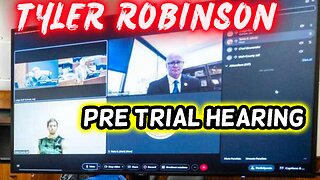 16:09
16:09
iCkEdMeL
4 hours ago $4.69 earned🔴 LIVE: Tyler Robinson Pretrial Hearing in Charlie Kirk Assassination Case
23.8K3 -
 1:11:50
1:11:50
DeVory Darkins
5 hours agoDemocrats left scrambling after USDA issues NIGHTMARE Update
172K137 -
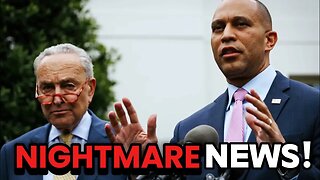 21:05
21:05
Stephen Gardner
4 hours ago🔥Trump Drops NIGHTMARE NEWS for Democrats!!!
47.6K124 -
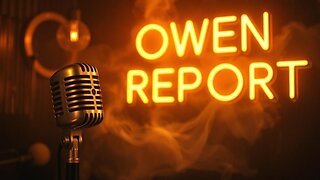 LIVE
LIVE
Owen Shroyer
3 hours agoOwen Report - 10-27-2025 - Trump Secures Trade Deals Ahead Of Meeting With Xi
1,283 watching -
![[Ep 778] NYC Embraces Communism, Argentina Rejects It | Newsom Lies; As Always](https://1a-1791.com/video/fwe2/34/s8/1/w/y/k/u/wykuz.0kob-small-Ep-778-NYC-Embraces-Communi.jpg) LIVE
LIVE
The Nunn Report - w/ Dan Nunn
2 hours ago[Ep 778] NYC Embraces Communism, Argentina Rejects It | Newsom Lies; As Always
147 watching